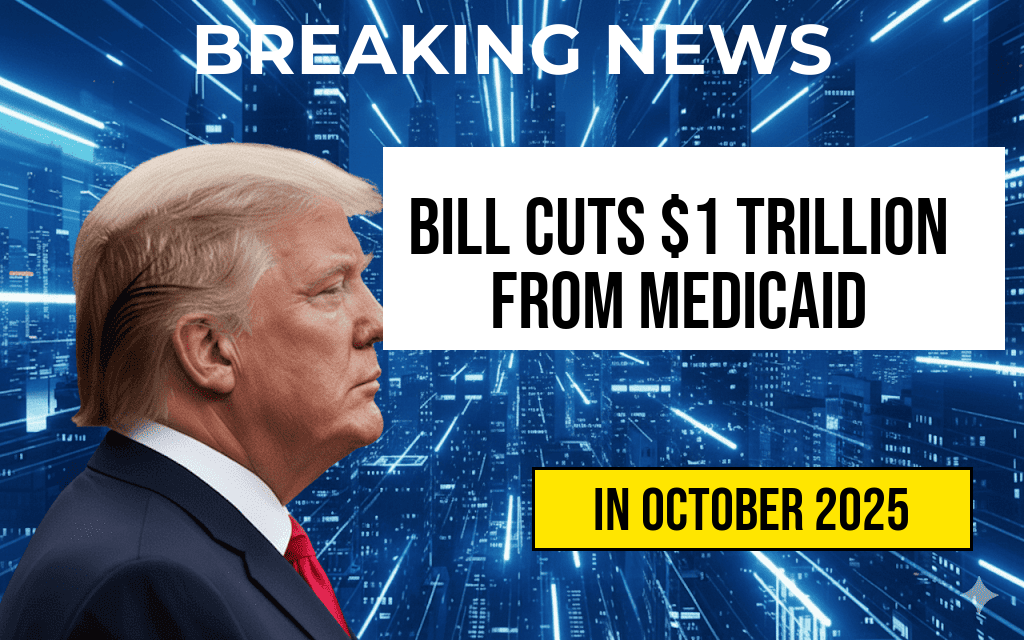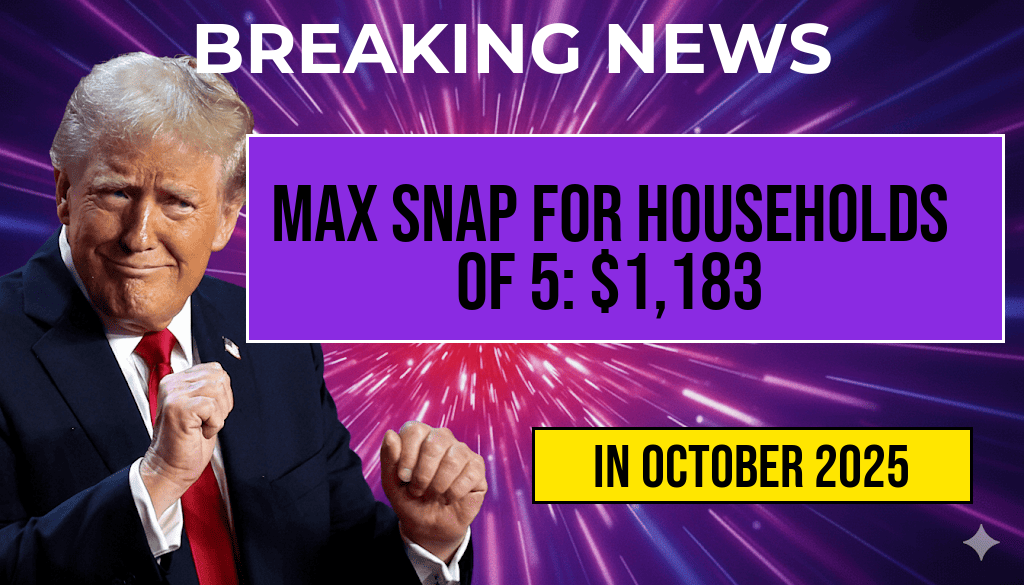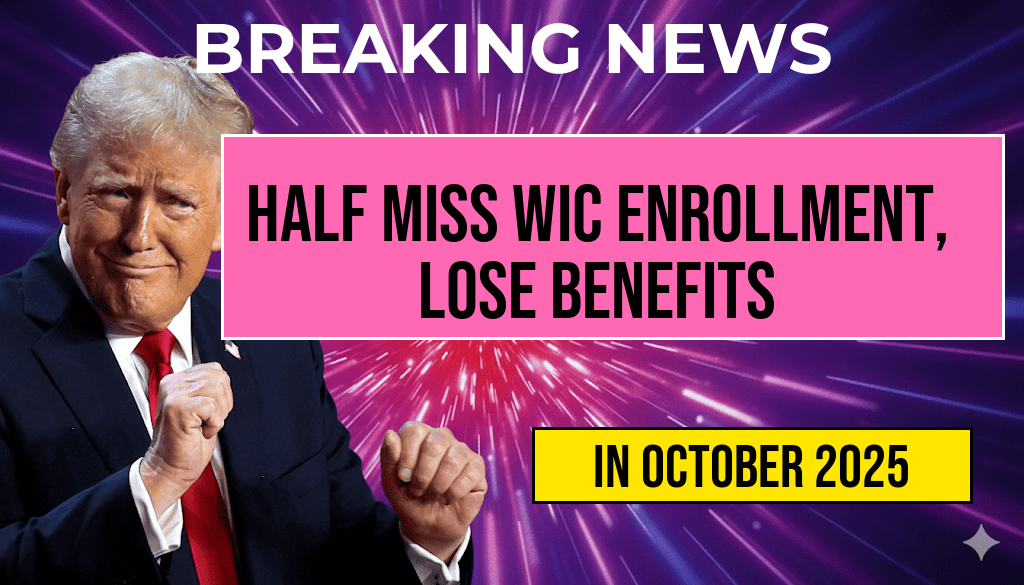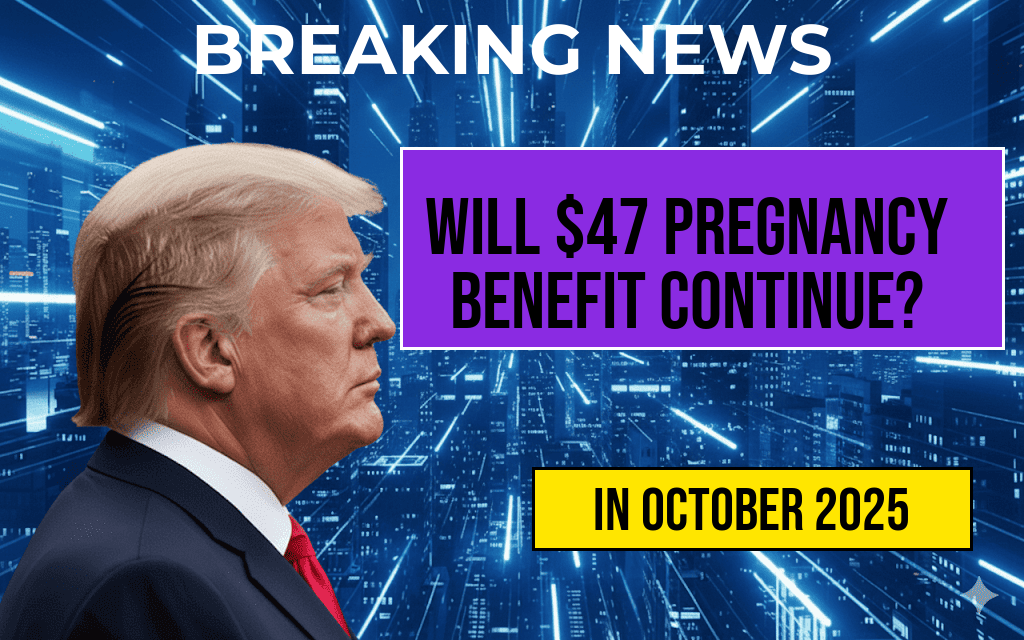In a landmark decision, a recently passed bill aims to cut $1 trillion from Medicaid over the next decade, igniting widespread debate among lawmakers and healthcare advocates. The legislation, which comes at a time of rising healthcare costs, has drawn attention to the staggering price of essential medications, particularly a $300 prescription that has become emblematic of the larger issue. Supporters of the bill argue that substantial reductions in spending are necessary to control federal deficits, while opponents warn that such cuts could jeopardize healthcare access for millions of Americans. As the nation grapples with the implications of this legislation, the spotlight remains on rising prescription drug prices and the challenges facing those reliant on Medicaid for their healthcare needs.
The Medicaid Cuts: An Overview
The new legislation, part of a broader budget reconciliation package, is designed to address the growing financial burden of healthcare on state and federal budgets. Medicaid, which provides healthcare coverage to low-income individuals and families, is a significant expenditure, and proponents of the cuts believe that reallocating resources can lead to more efficient spending. The proposed reductions have sparked strong reactions from various stakeholders.
Key Provisions of the Bill
- Funding Cuts: The bill proposes a reduction of $1 trillion over ten years, impacting various Medicaid services and programs.
- Focus on Efficiency: Advocates argue that the bill will encourage more efficient management of healthcare resources.
- Potential for Increased Premiums: Critics warn that cuts could lead to higher premiums and out-of-pocket costs for patients.
The $300 Prescription Dilemma
One of the most striking examples of the healthcare cost crisis is the price of essential medications. The $300 prescription serves as a case study highlighting the challenges faced by patients and the healthcare system at large. Many individuals relying on Medicaid find it increasingly difficult to afford necessary medications, causing distress and potential health risks.
Factors Contributing to Rising Prescription Costs
- Pharmaceutical Pricing Strategies: Companies often set high launch prices for new medications, causing significant financial strain on consumers.
- Lack of Transparency: The pricing mechanisms behind prescription drugs are often opaque, making it difficult for patients to understand their costs.
- Insurance Coverage Gaps: Some essential drugs may not be fully covered by Medicaid, forcing patients to pay exorbitant prices out of pocket.
The Impact on Medicaid Recipients
As the bill moves forward, the implications for Medicaid recipients remain a primary concern. Many individuals who rely on these services are already facing financial challenges, and further cuts could exacerbate their situation. According to a recent study, nearly 20 million Americans depend on Medicaid for their healthcare, including a significant portion of those with chronic conditions who require regular medication.
Advocacy and Opposition
Healthcare advocacy groups have mobilized in opposition to the bill, arguing that cuts to Medicaid will disproportionately affect vulnerable populations. They emphasize the necessity of maintaining access to vital healthcare services, particularly for low-income families and individuals with disabilities. Some prominent healthcare organizations have issued statements urging lawmakers to reconsider the proposed reductions.
Looking Ahead: What This Means for Healthcare
The passage of the bill has set the stage for an intense debate about the future of healthcare in the United States. The balance between fiscal responsibility and healthcare access is delicate, and the outcomes of the current legislation could shape the landscape for years to come. As discussions continue, the focus on prescription drug costs and Medicaid funding will likely remain at the forefront of public discourse.
| Year | Projected Savings ($ Billion) | Estimated Medicaid Recipients Affected (Millions) |
|---|---|---|
| 2024 | 50 | 2 |
| 2025 | 100 | 4 |
| 2026 | 150 | 6 |
| 2027 | 200 | 8 |
As the nation navigates these changes, the critical question remains: how will the government ensure that essential healthcare services are accessible to those who need them most? The future of Medicaid and prescription drug pricing will undoubtedly be pivotal in shaping the health and well-being of millions of Americans.
For more information on Medicaid and healthcare legislation, visit Forbes Healthcare or learn about Medicaid on Wikipedia.
Frequently Asked Questions
What is the main focus of the article regarding Medicaid?
The article discusses how the recent bill cuts have reduced Medicaid funding by $1 trillion and the implications of these cuts on healthcare accessibility.
How do the Medicaid cuts affect prescription drug costs?
The cuts to Medicaid are expected to increase the financial burden on patients, particularly for expensive prescriptions, such as those costing around $300.
What are the potential consequences of reduced Medicaid funding?
Reduced Medicaid funding may lead to fewer healthcare services available to low-income individuals, potentially worsening health outcomes and increasing overall healthcare costs.
Who will be most impacted by the $1 trillion cuts to Medicaid?
The low-income population that relies on Medicaid for essential healthcare services, including prescription medications, will be the most significantly affected by these cuts.
What actions can individuals take in response to these changes?
Individuals may need to explore alternative healthcare options, seek financial assistance programs, or advocate for policy changes to address the impact of Medicaid cuts on prescription drug access.






